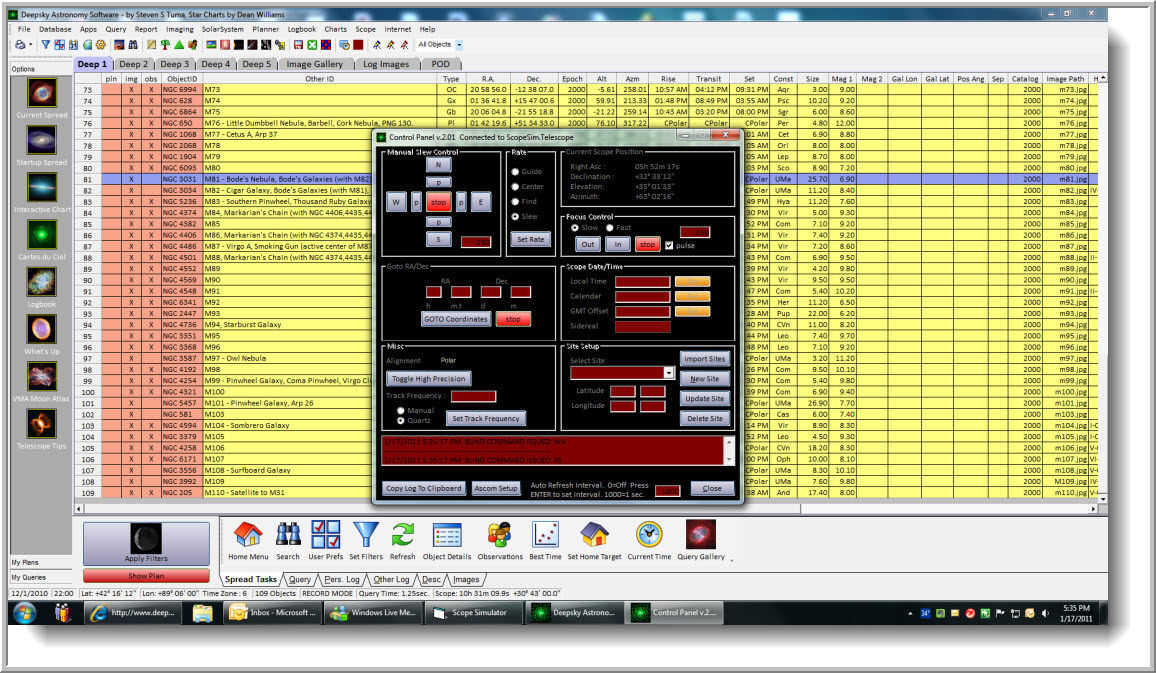Astronomy Logbook Software
Visit a planetarium or observatory. Many observatories have huge, expensive telescopes and offer you an exciting as well as informative way of observing the many wonders of the sky. Check with your local science museum to see if they offer a star-gazing night open to the public. Visit the observatory at night, climb up to the tower, and observe first hand, through their powerful telescopes, what you have learned and seen up until now only in books. A planetarium uses projectors to offer an artificial view of the night sky. The chairs recline, the room becomes black, and all you see are stars in a darkened sky.
This is a great way to get started because you will have access to an expert guide to answer your questions. You also will get to meet others with similar interests.
Find someplace dark to observe that is away from city glare. Good choices might include national and state parks. Inquire at these places about naturalist lead presentations about the night sky as well. Download Ebook Harry Potter Bahasa Indonesia Lengkap Lego there. Use your eyes. It is not necessary to buy an expensive telescope because the naked eye can see a great deal in the night sky. By observing with only your eyes you get a true feeling of how ancient astronomers practiced their craft. If you can, try to lie down on the grass and look at the sky above you. Ibm Usb Serial Parallel Adapter 22p9036.
May 17, 2016 How to Get Started in Amateur Astronomy. When you look up at the darkened sky and gaze at the stars, some seem to be blinking, and you wonder why.
The darkened sky takes on another dimension in this position, and creates a feeling of you being totally alone in a vast universe. Locate the North Star, and follow the 'map of the sky'. Make sure you have the correct star map to coincide with the date and location. If you have studied the books, you might be able to find the 'Little Dipper' and other constellations or asterisms.
Obtain a telescope. There are several types of telescopes, with different features, uses and prices. However, you need not purchase the most expensive one in order to enjoy astronomy. The most important thing to consider is the telescope’s aperture, or the size of the light-gathering part of the telescope. The larger the aperture, the brighter your image will be.


The next most important characteristic is the focal length of the 'scope, which will determine how much of the sky you can see in the image. Magnification is much less important than quality of optics. A good way to choose a telescope is to attend star parties (see below) and ask a few of the members for permission to try theirs so you get an idea of which models you prefer.